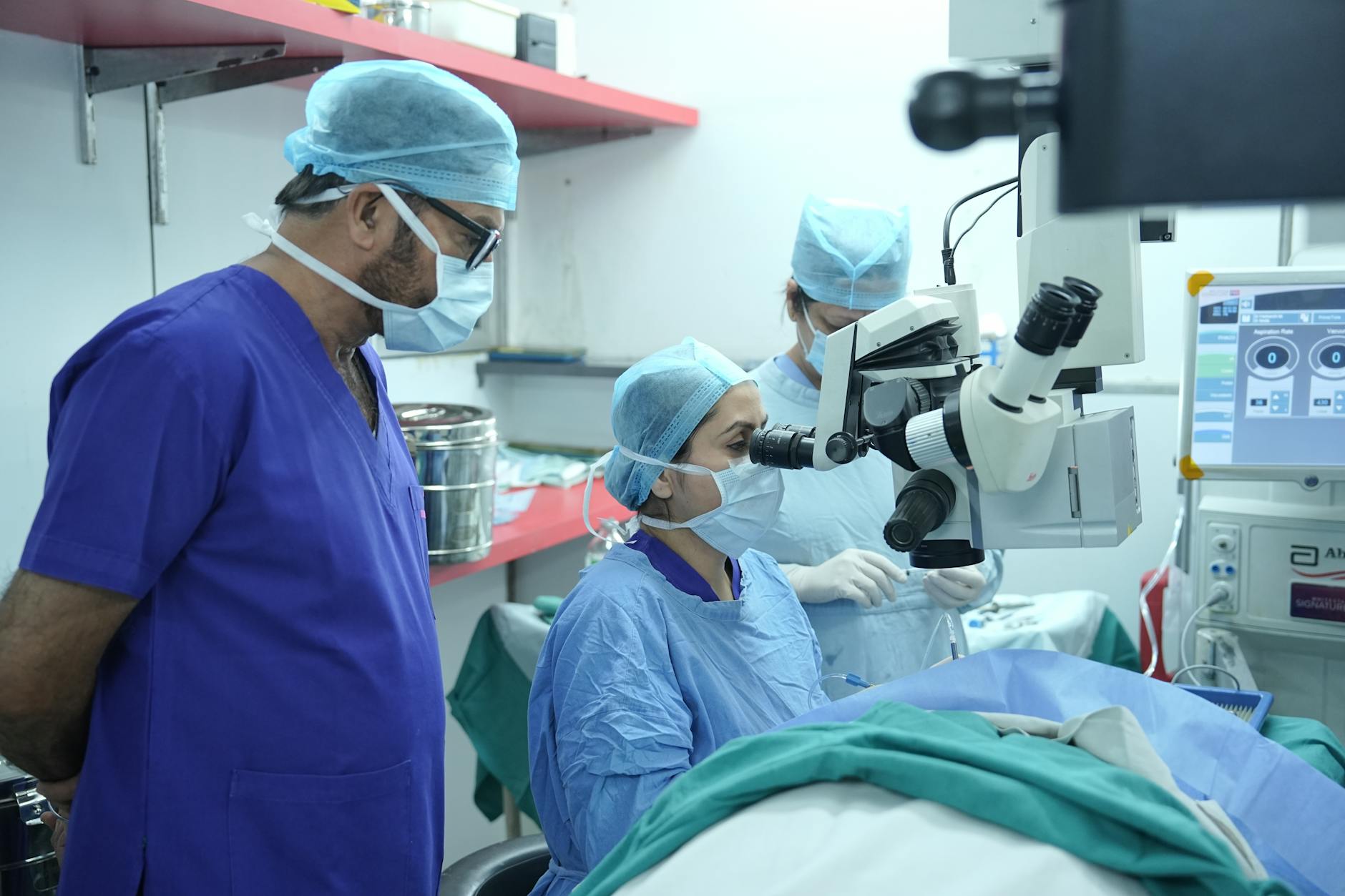
You’ve worn glasses so long, you’ve forgotten what it’s like to wake up clear
It’s the first thing you reach for in the morning. Before coffee. Before light. Your glasses. Without them, the world feels distant. Blurry. Like you’re inside something soft and fogged. You squint. You tilt. You wipe lenses out of habit. You memorize where you place them every night. You know what it feels like to live through frames.
But sometimes, you wonder what it might feel like not to.
You start hearing the word “LASIK” more often
A friend got it. A coworker mentioned it. A stranger on the internet swore by it. You scroll. You read. You pause at before-and-after photos. The idea feels wild. Beautiful. Unreachable. A life without lenses. Without contacts. Without prescriptions taped to bathroom mirrors. You think about it for weeks before you say it out loud.
Then one day, you ask: “Would I even be a candidate?”
You sit down for the consultation, unsure what to expect
They don’t rush. They ask questions. About your vision. Your health. Your age. They scan your eyes—thoroughly, carefully. They explain how LASIK isn’t for everyone. But if your corneas are thick enough, if your vision’s stable, if your eyes are healthy—then maybe it is. Maybe you’re one of the ones who could wake up seeing.
That possibility alone changes something in you.
LASIK reshapes the cornea so light lands where it’s supposed to
You learn that most vision problems start with light bending the wrong way. Nearsightedness. Farsightedness. Astigmatism. It’s not about the eyes being broken. Just misaligned. LASIK uses a laser to correct that. To reshape the cornea. To adjust the path of light. It doesn’t add anything. It just allows your eye to work the way it quietly always wanted to.
Sometimes fixing something means returning it to what it almost was.
The procedure itself is faster than you think
You arrive nervous. That’s normal. They explain every step again. You lie down. Numbing drops are used. A soft pressure. A blinking light. The laser works quickly. It doesn’t hurt. It’s more strange than painful. Within minutes, it’s over. One eye. Then the other. You sit up. Blinking. Everything feels slightly hazy. But different.
Like the world is just one breath closer than before.
Recovery is quiet—but precise
You rest that day. You don’t rub your eyes. You wear protective shields. You use drops exactly as told. You sleep more than usual. You move slowly. But the next morning, something subtle happens—you open your eyes, and you see. Not perfectly. But enough to feel stunned. The numbers on the clock. The lines on the wall. You’re not dreaming.
And that clarity only sharpens with each passing day.
It doesn’t end when you leave the clinic—it begins
You go back for follow-ups. They check healing. They adjust your drops. You ask questions. The light feels brighter for a while. Your eyes feel dry. That passes. Your vision gets clearer each day. You stop reaching for glasses that aren’t there. You stop checking for contacts. You start seeing yourself differently. Not just sharper. But more at ease.
Like the version of you that always existed beneath the blur.
Not everyone’s outcome is perfect—but for most, it’s close
They tell you the risks. Dry eyes. Halos at night. Under-correction. Over-correction. They tell you everything. But most people walk away with vision they once thought impossible. Reading signs from a distance. Watching a movie without blinking through smudges. Looking at the world with nothing between you and it. Nothing separating light from clarity.
For some, that’s not a miracle. But it is freedom.
You begin to forget you ever needed help to see
You catch your reflection and do a double-take. No frames. No shadow lines. Just you. You put on sunglasses without prescriptions. You swim without fear. You fall asleep without worrying about lenses. You pack lighter. You live lighter. You look out windows and feel closer to everything.
And one morning, you realize—you don’t remember what blur felt like anymore.
